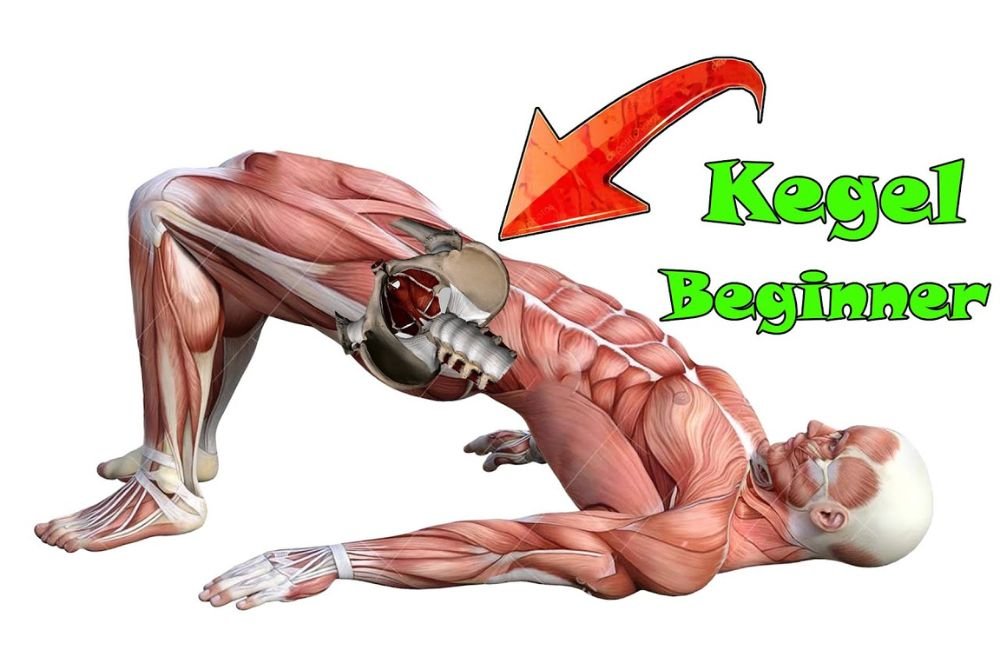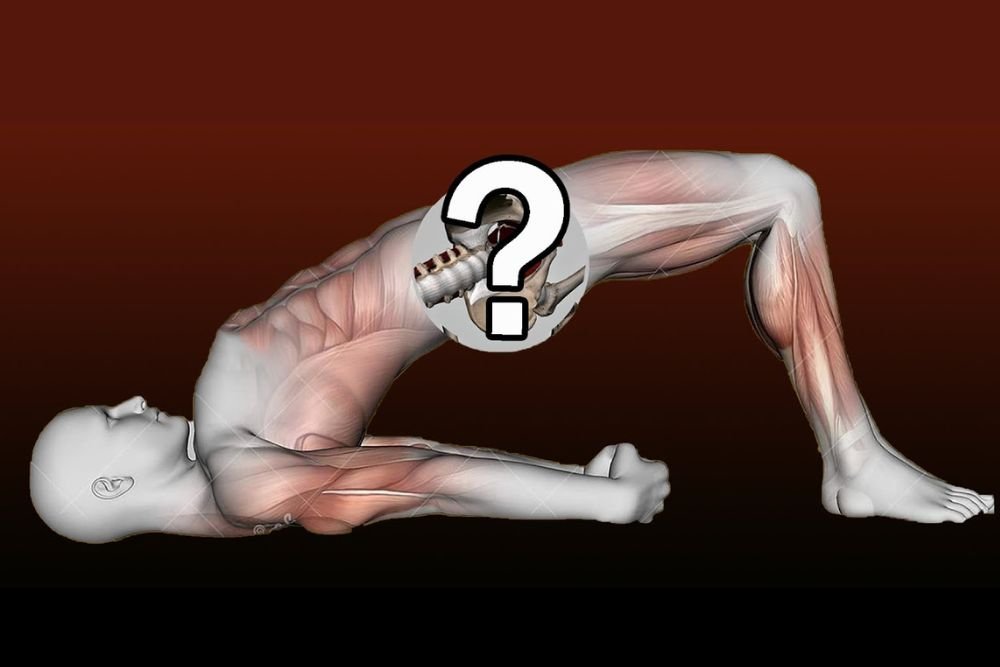Introduction to Kegel Exercises

What Are?
Kegel exercises are targeted movements designed to strengthen the pelvic floor muscles. These muscles form a supportive base for essential organs like the bladder, bowel, and, in women, the uterus. For men and women alike, practicing kegel exercises can improve bladder control, enhance sexual health, and even support overall core strength.
Why Are Kegels Important?
The pelvic floor muscles often go unnoticed until a problem arises, like urinary incontinence, pelvic organ prolapse, or reduced sexual function. Strengthening these muscles through kegel exercises is a proactive step toward preventing and addressing these issues, ensuring long-term pelvic health for both genders.
Who Can Benefit from Kegels?
- Women: Postpartum recovery, prevention of prolapse, and bladder control are common reasons for women to practice kegel exercises.
- Men: Recovery from prostate surgery, managing incontinence, and enhancing sexual performance make kegel exercises essential for men.
- Everyone Seeking Core Stability: A strong pelvic floor supports posture, balance, and core strength, benefiting all individuals.
7 Must-Know Facts About Kegels
Fact 1: They Target a Crucial Muscle Group
The pelvic floor muscles act like a hammock, supporting critical organs and helping manage bladder and bowel movements. Weak muscles can lead to issues like leakage or discomfort, but regular kegel exercises keep these muscles strong and functional.
Fact 2: Kegels Are Easy and Accessible
You don’t need fancy equipment or a gym membership to practice exercises. They can be done:
- At home while sitting or lying down.
- During your commute.
- Even while watching TV or reading.
Their simplicity makes them an ideal addition to any daily routine.
Fact 3: They Improve Bladder Control
One of the most immediate benefits of exercises is better bladder control. Strong pelvic muscles help:
- Reduce leaks during activities like sneezing or coughing.
- Prevent frequent trips to the bathroom.
- Aid recovery from bladder-related surgeries.
Fact 4: They Enhance Sexual Performance
For women:
- Kegel exercises improve vaginal tone, increasing pleasure and sensitivity during intimacy.
For men:
- A strong pelvic floor can lead to better erection quality and control, as well as enhanced stamina.
Both genders experience greater confidence and satisfaction in their intimate lives.
Fact 5: They’re Essential Post-Surgery
After surgeries like childbirth, prostate removal, or pelvic repair, exercises rebuild strength and coordination in the pelvic region. They speed up recovery and reduce discomfort.
Fact 6: They Help Prevent Future Issues
Regular exercises serve as a preventative measure, reducing the risk of:
- Urinary incontinence.
- Pelvic organ prolapse.
- Chronic pelvic pain.
Fact 7: Kegels Are Discreet and Versatile
The beauty of exercises is their discretion. You can practice them anywhere, anytime, without anyone noticing. This versatility makes it easier to stay consistent.
Benefits of Kegel Exercises for Men and Women
Improved Bladder Control
One of the most significant advantages of practicing exercises is better bladder control. Whether you’re dealing with occasional leaks or recovering from surgery, strengthening your pelvic floor helps:
- Reduce accidental leaks during activities like sneezing, laughing, or exercising.
- Prevent frequent nighttime bathroom trips.
- Support recovery from childbirth or prostate surgery.
For both men and women, this improvement can dramatically enhance quality of life.
Enhanced Sexual Health
Exercises can transform your intimate life by:
- Improving vaginal tone and sensitivity for women, making intimacy more enjoyable.
- Enhancing erection quality and control for men, leading to better stamina and satisfaction.
- Increasing overall confidence and comfort in intimate situations for everyone.
Faster Recovery Post-Surgery
For individuals recovering from pelvic or abdominal surgeries, exercises are invaluable. They:
- Rebuild strength in the pelvic region.
- Improve blood flow, which promotes healing.
- Help regain control over bladder and bowel functions.
Prevention of Future Pelvic Health Issues
Practicing exercises regularly can help prevent:
- Pelvic organ prolapse in women.
- Incontinence as you age.
- Chronic pelvic pain and discomfort.
This proactive approach ensures long-term pelvic health for men and women alike.
Also read: Kegel Exercises | 5 Easy Steps to Strengthen Your Muscles
How to Perform Kegel Exercises Correctly

Step-by-Step Guide
- Identify the Right Muscles:
- For women: Imagine tightening around a tampon or stopping urine midstream.
- For men: Imagine lifting your testicles or stopping urine flow midstream.
- Get Comfortable:
- Start by lying down or sitting. As you gain confidence, you can practice while standing or during activities.
- Begin with Basic Contractions:
- Tighten your pelvic floor muscles for 3-5 seconds.
- Relax for the same amount of time.
- Repeat 10-15 times.
- Progress Gradually:
- Extend contraction times to 10 seconds.
- Add more repetitions or sessions throughout the day.
Common Mistakes to Avoid
- Using the Wrong Muscles: Avoid engaging your glutes, thighs, or abs. Focus solely on your pelvic floor.
- Holding Your Breath: Breathe naturally during each contraction and release.
- Overdoing It: Start slow and give your muscles time to adapt and recover.
Advanced Kegel Techniques
Pulsing Contractions
Quickly tighten and release your pelvic muscles in rapid succession for 20-30 pulses. This technique trains your muscles for responsiveness.
Long Holds for Stamina
Contract your pelvic floor muscles and hold the tension for 10-15 seconds. Relax for 5 seconds, then repeat 8-10 times. Long holds are excellent for building endurance.
Reverse Kegels
Instead of contracting, focus on relaxing and gently pushing outward. Reverse exercises balance muscle strength with flexibility, ensuring your pelvic floor doesn’t become overly tense.
Combining Kegels with Other Exercises
Enhance your routine by integrating kegel exercises into other movements:
- Planks: Contract your pelvic floor while holding a plank position.
- Squats: Engage your pelvic muscles at the lowest point of the squat.
- Yoga Poses: Add pelvic engagement during poses like the bridge or downward dog.
Advanced Strategies for Practicing Kegel Exercises
Incorporating Resistance
Adding resistance to your kegel exercises can enhance their effectiveness and build strength faster:
- Weighted Kegels: Use specially designed weights to challenge your pelvic floor muscles.
- Resistance Bands: Incorporate bands during bridge exercises or squats to engage multiple muscle groups.
- Dynamic Resistance: Apply gentle internal or external pressure to increase intensity.
These techniques are especially useful for those looking to elevate their routine after mastering the basics.
Functional Movements with Kegels
Practice kegel exercises during everyday activities to make them more functional:
- Walking Contractions: Tighten your pelvic floor for 3-5 seconds with each step, then release.
- Standing Balance: Perform Kegels while balancing on one foot to strengthen core stability.
- Lunges with Engagement: Activate your pelvic muscles as you lower into a lunge and release as you return to standing.
This approach helps train your pelvic floor to respond effectively in real-world situations.
Biofeedback Tools for Precision
Biofeedback devices can provide real-time insights into your pelvic floor strength and technique. They:
- Ensure you’re using the correct muscles.
- Help you track progress over time.
- Motivate you to stay consistent with your practice.
These tools are especially helpful for beginners or those recovering from surgery.
Long-Term Benefits of Kegel Exercises
Preventing Age-Related Pelvic Issues
Regular practice of kegel exercises reduces the risk of:
- Urinary incontinence as you age.
- Pelvic organ prolapse, particularly in women.
- Chronic pelvic pain caused by weak or imbalanced muscles.
Enhancing Core Stability
A strong pelvic floor supports your core, improving posture, balance, and physical performance in activities like running, yoga, or weightlifting.
Improved Emotional and Mental Well-Being
The confidence that comes with better pelvic health often extends to emotional and mental well-being. Feeling in control of your body reduces anxiety and boosts self-esteem.
Tips for Staying Consistent
Set a Routine
Consistency is the key to seeing results. Schedule your kegel exercises during routine activities, like:
- Brushing your teeth.
- Watching TV.
- Waiting in line.
This ensures you practice regularly without needing extra time in your day.
Track Your Progress
Keep a journal of your kegel sessions, noting the duration, intensity, and improvements you notice. Tracking progress can keep you motivated and highlight the benefits you’re achieving.
Join a Community
Online forums or local groups focused on pelvic health can provide support, encouragement, and tips for refining your technique.
Celebrate Small Wins
Acknowledge milestones, like holding contractions longer or experiencing fewer leaks. Celebrating these successes keeps you motivated and focused on your goals.
Troubleshooting Common Challenges
Addressing Plateaus
If you notice less improvement or a plateau:
- Increase the duration or intensity of your contractions.
- Experiment with advanced techniques like reverse Kegels or pulsing contractions.
- Consult a physical therapist for personalized advice.
Avoiding Overtraining
While it’s tempting to push yourself, overtraining can lead to discomfort or fatigue. Stick to the recommended three sessions per day and allow time for recovery.
Maximizing the Impact of Kegel Exercises
Advanced Techniques for Enhanced Results
Once you’ve mastered the basics, these advanced strategies can help you make even more progress with your kegel exercises:
Dynamic Kegels
- Alternate between quick, pulsing contractions and slow, sustained holds.
- Perform 10 rapid pulses followed by a 10-second hold, then repeat.
- This method improves both muscle responsiveness and endurance.
Reverse Kegels for Flexibility
- Instead of contracting, focus on gently relaxing your pelvic floor and pushing outward.
- Hold the relaxation for 5-10 seconds, then return to a neutral state.
- Practicing reverse kegel exercises balances strength with flexibility, preventing over-tightness.
Combining Kegels with Strength Training
Pair kegel exercises with full-body movements for a holistic approach to fitness:
- Planks: Tighten your pelvic floor while holding a plank for enhanced core engagement.
- Deadlifts: Engage your pelvic muscles as you lift the weight and maintain the contraction throughout the motion.
- Bridge Pose: Contract your pelvic floor as you lift your hips into the bridge position.
Benefits of a Strong Pelvic Floor for Men and Women
Improved Intimacy
For both men and women, a stronger pelvic floor enhances sexual health:
- Men may experience better erection quality and control.
- Women often notice increased vaginal tone and heightened sensations.
- Both genders benefit from improved confidence and satisfaction in intimate relationships.
Better Athletic Performance
A strong pelvic floor stabilizes your core, improving balance and power during activities like running, cycling, and weightlifting.
Faster Recovery and Rehabilitation
Kegel exercises support faster healing for individuals recovering from:
- Childbirth.
- Prostate surgery.
- Pelvic injuries or surgeries.
They restore muscle function, improve circulation, and reduce discomfort during recovery.
Building a Sustainable Kegel Routine
Make It a Habit
- Pair exercises with daily activities like brushing your teeth or making coffee.
- Set reminders on your phone or use apps to stay consistent.
Adjust Your Goals
As your pelvic muscles strengthen:
- Increase hold times or repetitions.
- Try new techniques or integrate resistance.
Celebrate Your Success
Whether it’s better bladder control, enhanced performance, or simply sticking to your routine, celebrate every milestone to maintain motivation.
Conclusion: Unlock the Full Potential of Kegel Exercises
Kegel exercises are a simple yet powerful tool for improving pelvic health, enhancing physical performance, and boosting confidence. By practicing consistently, tracking your progress, and incorporating advanced techniques, you can enjoy the many benefits of a strong pelvic floor.
Now it’s your turn—start incorporating kegel exercises into your routine today. Share your experiences, tips, or questions in the comments below. Your story could inspire others to prioritize their pelvic health and experience the transformative benefits of Kegels.